John Sharp
John Sharp AM spent 14 years as a Federal politician representing electorates that incorporated The Southern Highlands, has enjoyed a highly successful corporate career since leaving politics in 1998 and pursues interests that include being a fixed wing and helicopter pilot.
Not one suited to the quiet life, Sharp has embarked on a major new challenge – continuing to improve the house and gardens at his property in Exeter while expanding that property to establish a substantial new business focused on thoroughbred racehorses.
“One of my great assets is ignorance,” Sharp says matter-of-factly while pouring us a cup of Irish Breakfast tea in his well heated kitchen. “I usually go into things completely and utterly unaware of what I’m up for. It’s only when I get halfway through that I realise that if I’d known at the beginning what I was going to end up doing, I wouldn’t have done it at all. But when you get to that point it’s usually too late to turn back.”
Sharp is certainly not turning back from any of the projects he has taken on since buying a 15 acre property four years ago from David Graham and David Kunde, known as The Two Davids and variously described in media reports as former restaurateurs, eastern suburbs developers and stylmeisters. Known at the time as Rona Lodge, the property was advertised as a Grand Estate featuring wonderful formal and informal spaces, seven spacious bedrooms, a separate but adjoining two bedroom house, a billiard room, library, indoor swimming pool with spa and gym, tennis court and stables with dressage arena.
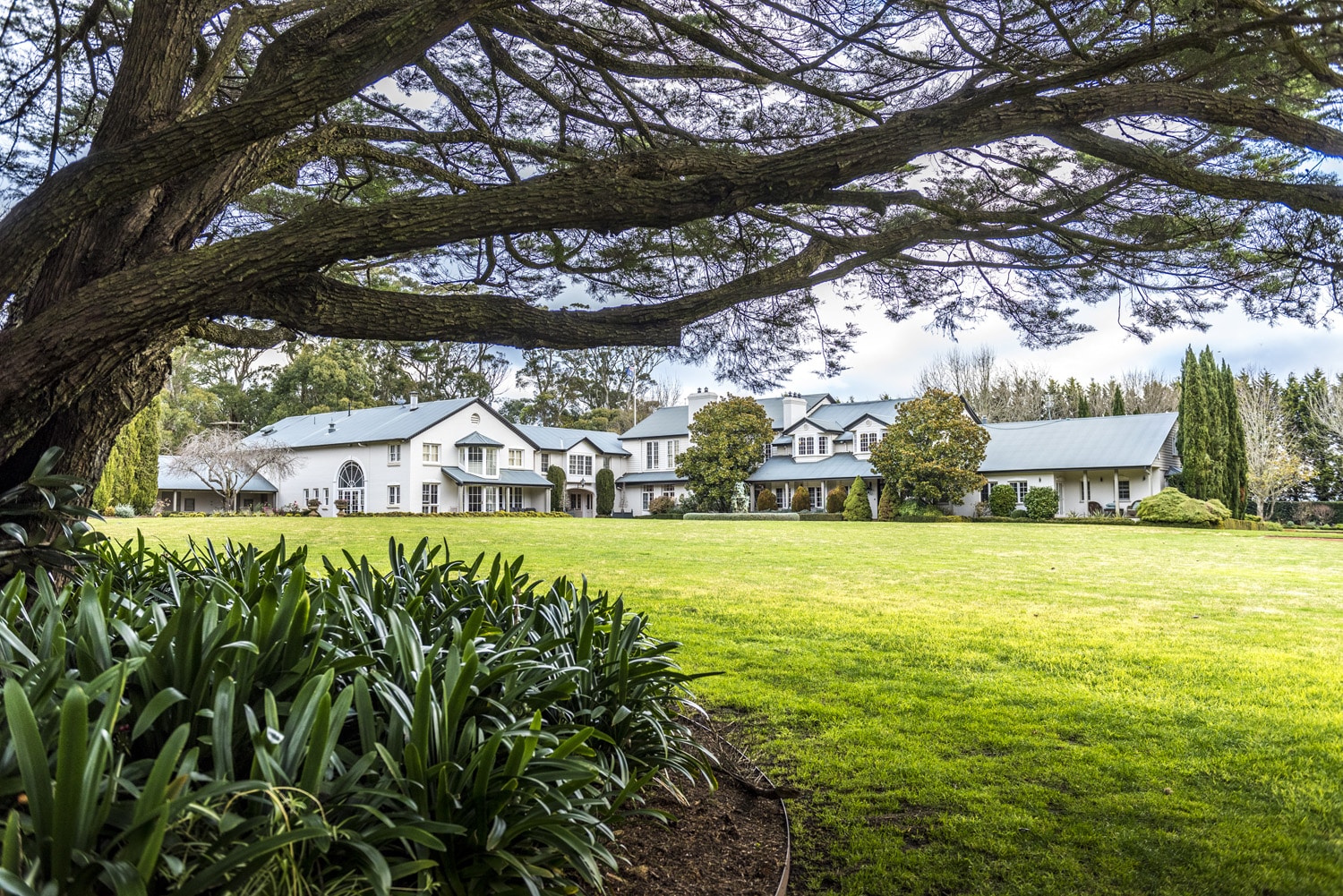
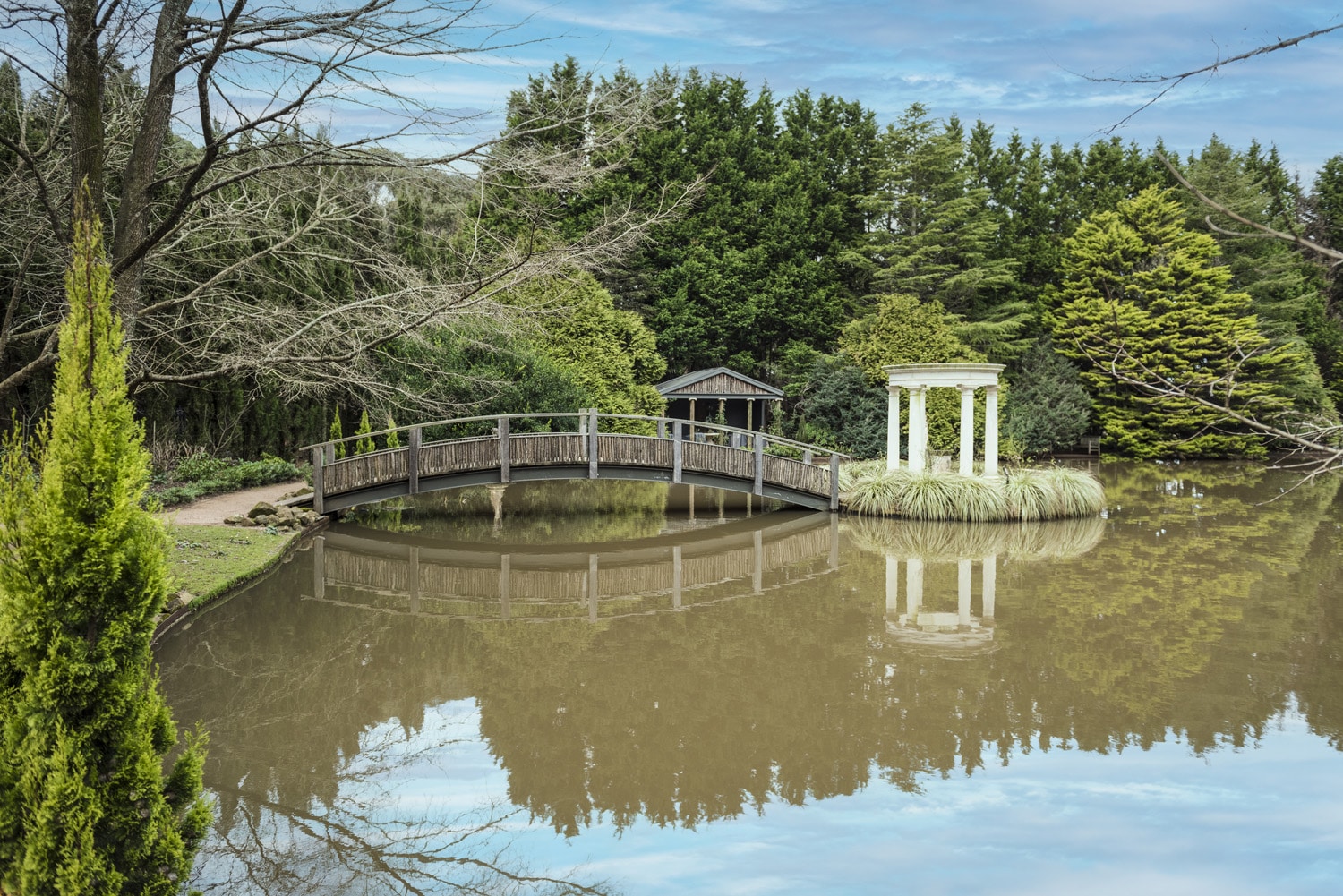
Asked if he has made many changes since he bought Rona Lodge four years ago, Sharp pauses for a moment before saying: “Like all these things, you start out thinking we’ll just make a little tweak here and a little tweak there – and before you know it you are doing lots of work and small jobs become enormous jobs.”
One easy thing to change was the property’s name. It is now called Thenford, named for the village in Oxfordshire where his great-grandfather was born. Other changes have not been as straightforward. As we walk through the house, Sharp notes that the walls and ceilings have been completely repainted, all the curtains replaced, a hallway removed, additional fireplaces installed, the veranda area reconfigured, several rooves have had to be replaced and the old stables have been converted into a laundry, cellar and gym.
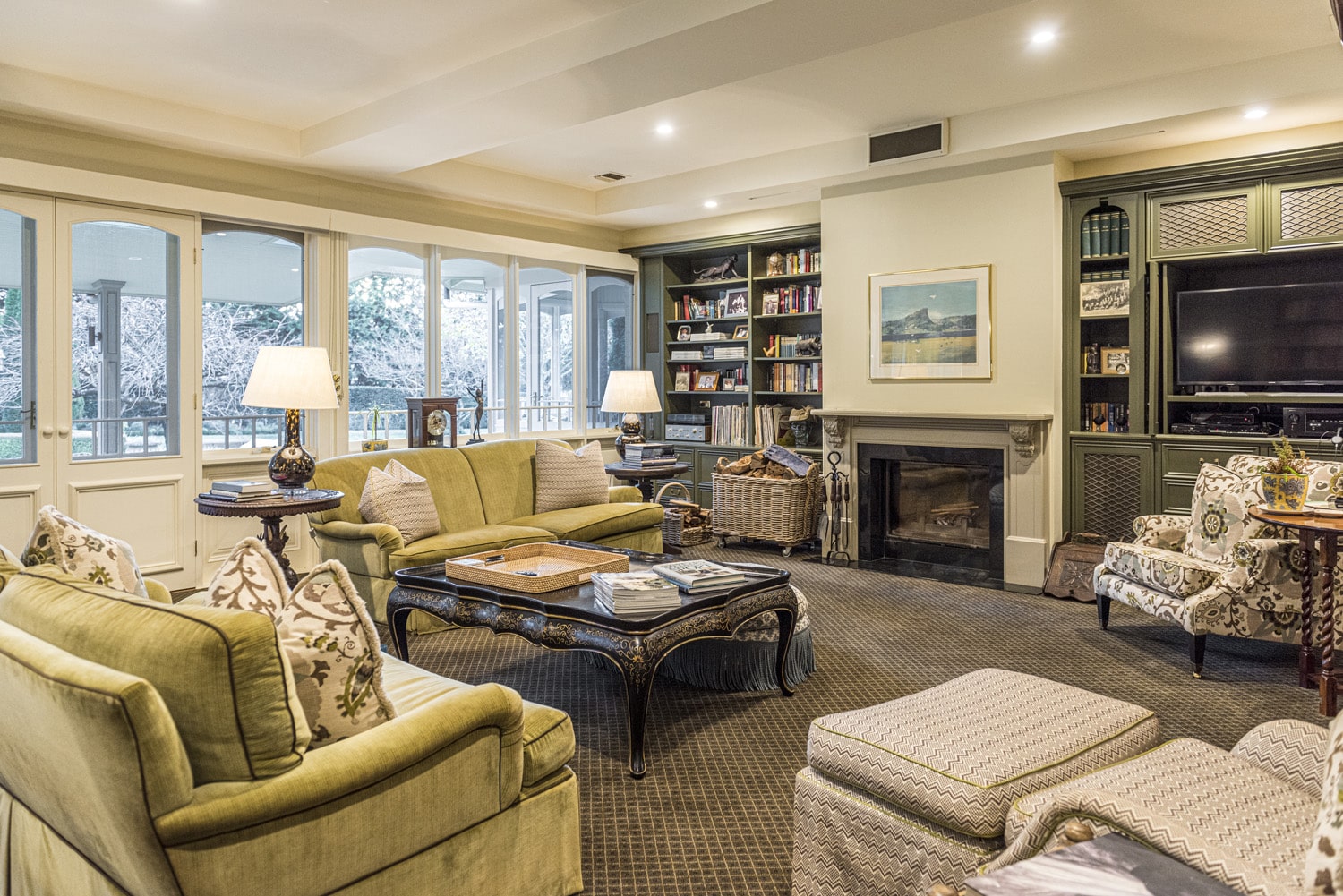
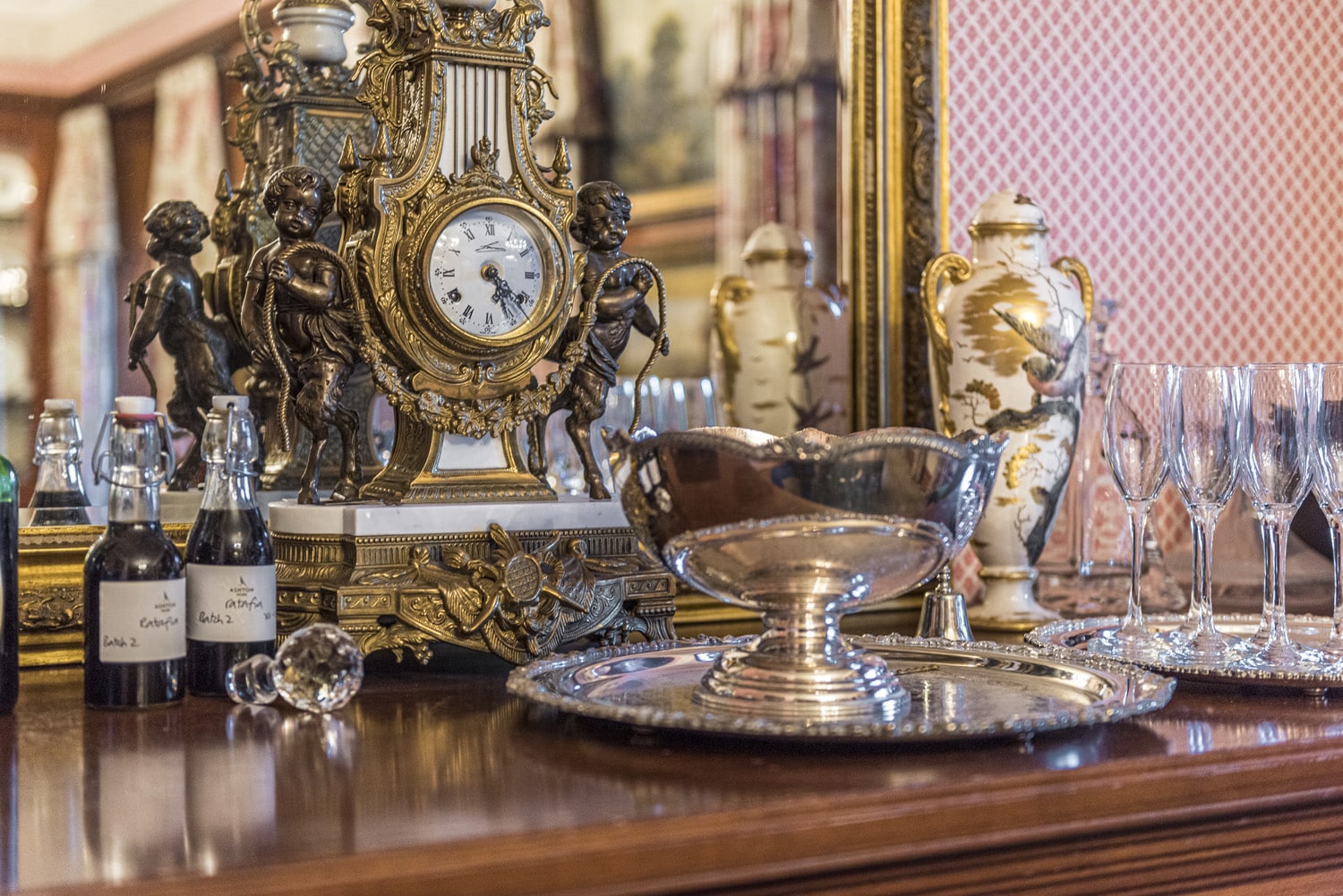
There are visible personal touches in most rooms, including from his political career, and above the indoor pool is an oar with the blade listing the names of The King’s School First VIII which won the GPS Head of The River in 1972.
“You can see number five is JR Sharp weighing 13 stone 7,” he points out. “That is a very long ago memory,” he says with a smile.
Sharp sits on the Board of Bundanon, having known Arthur Boyd and Sidney Nolan and been involved in early discussions about the donation of their Shoalhaven properties, and we walk past works by these two great Australian artists as well as Charles Blackman, Albert Namatjira and a set of paintings by the New Zealand artist, John Lysaught Moore.

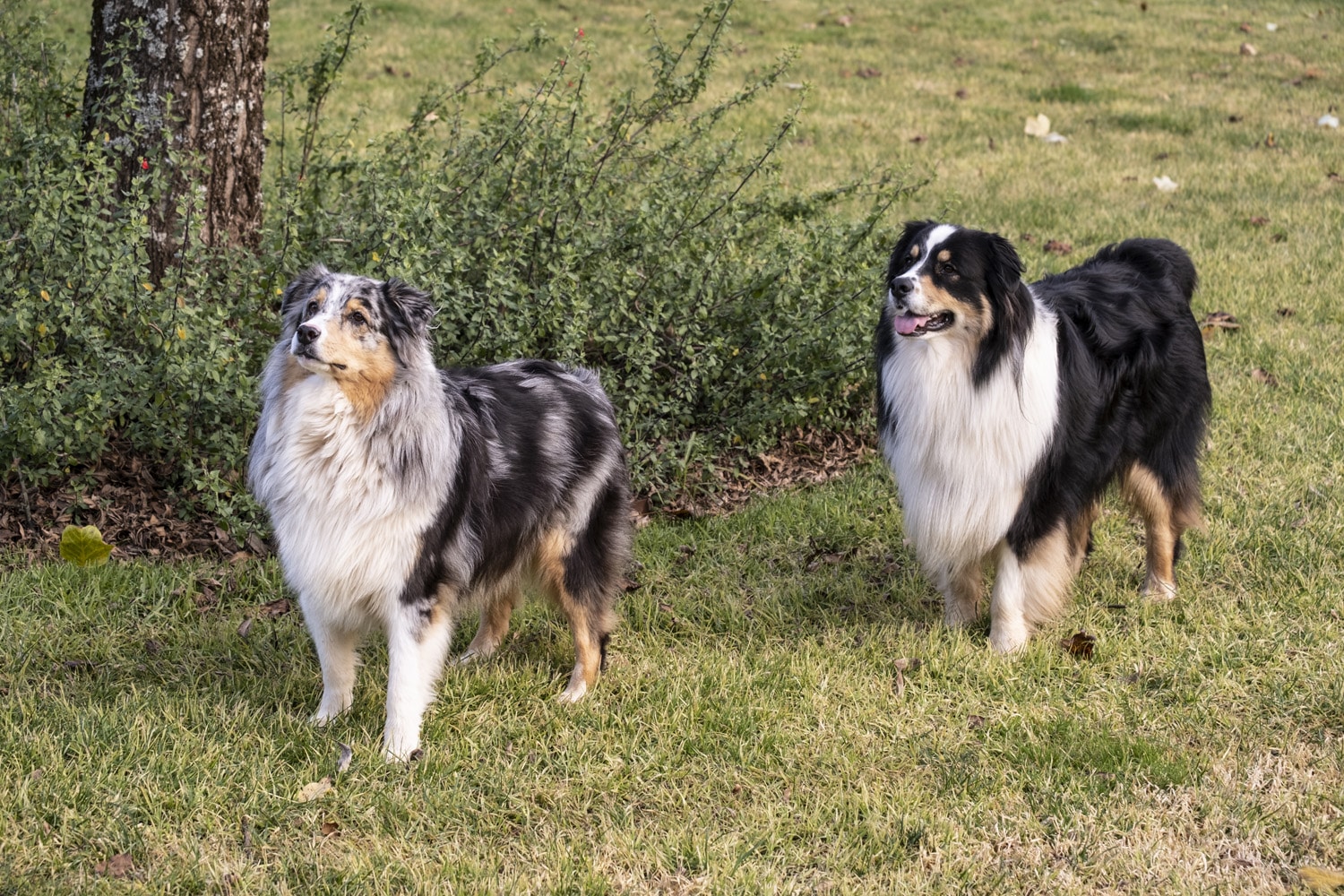
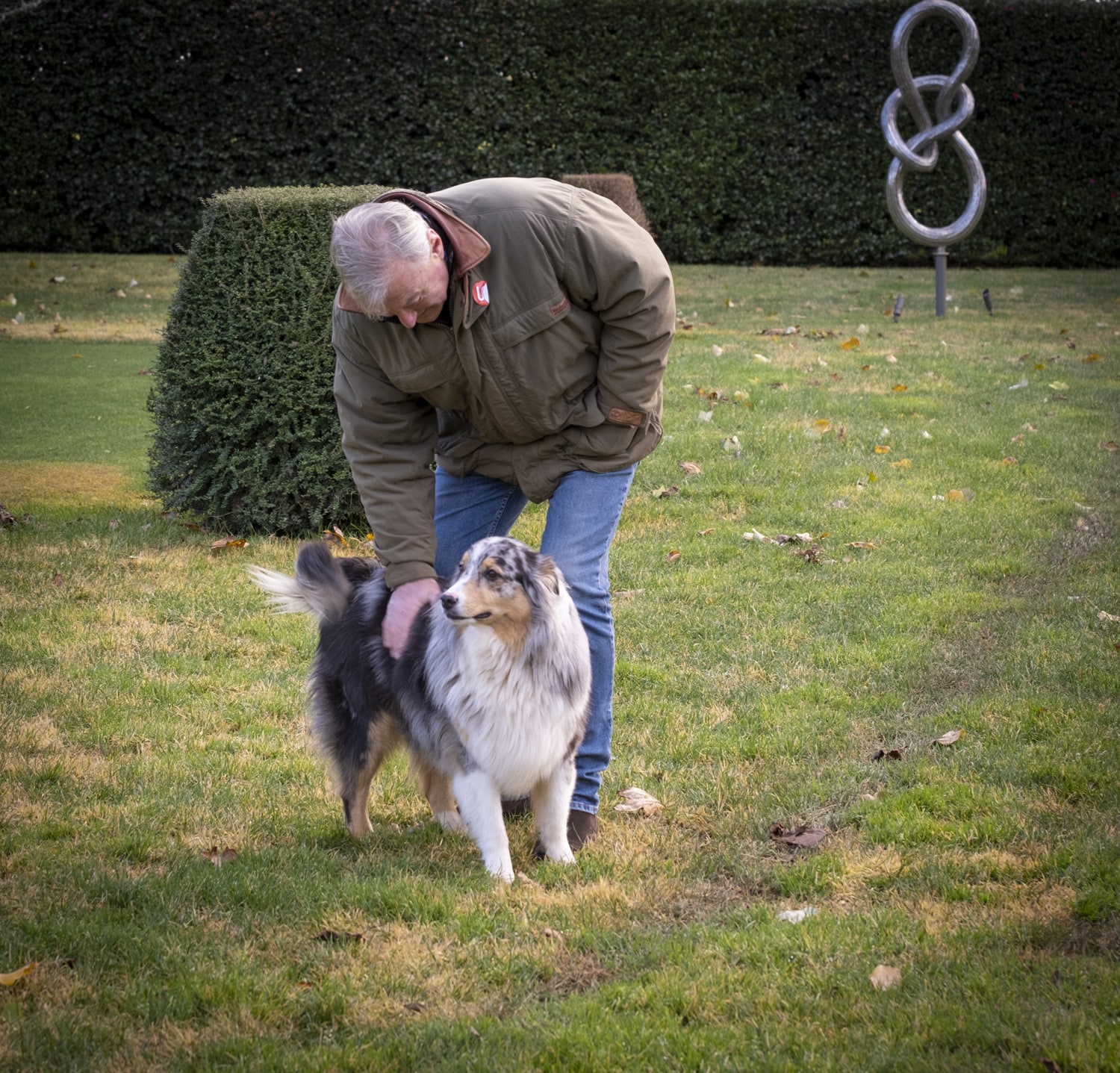
Outside, as we explore the gardens with his Australian Shepherds Winston and Missy, we see that Sharp is also a supporter of sculptors.
“The old fountains were all here when we bought the place, including The Three Graces which stand where the original house was,” Sharp says, “but I’ve brought in the other sculptures. This garden, in my view, called out for sculpture. It is park-like and I could see so many opportunities.”
This includes two stunning stainless steel sculptures, Epic and Glimmer, by the Byron Bay based Lachlan Ross, several Alice in Wonderland figures by Sean Bassett to enhance the hedge maze he is growing, and a boy holding a toy aeroplane by David Bromley that is a nod to Sharp’s extensive aviation interests (this includes being a fixed wing and helicopter pilot, serving as Deputy Chairman of Rex Airlines since 2005 and helping to establish European Aeronautic Defence and Space, which became The Airbus Group, in Australia). Outside the barn is a lady holding a lamp by the 19th century French sculptor Jean Jacques Ducel.
All this is before we get to an area between the chook shed and the half-size polo field (which used to be a rough paddock where rubbish was burned) that Sharp describes as “my latest folly…a sculpture walk.”
The first piece we come to is enclosed on three sides by wood from old fences.
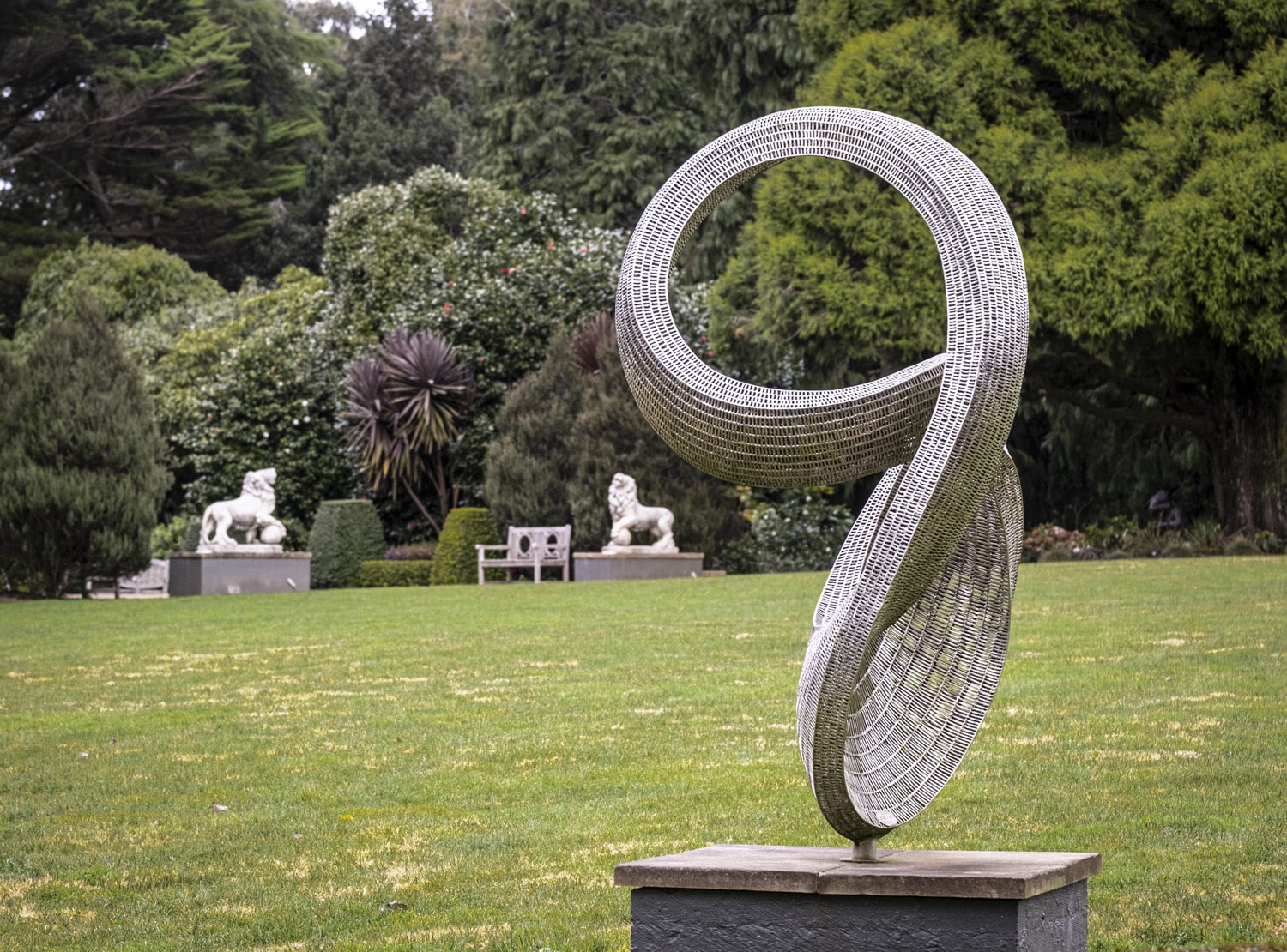
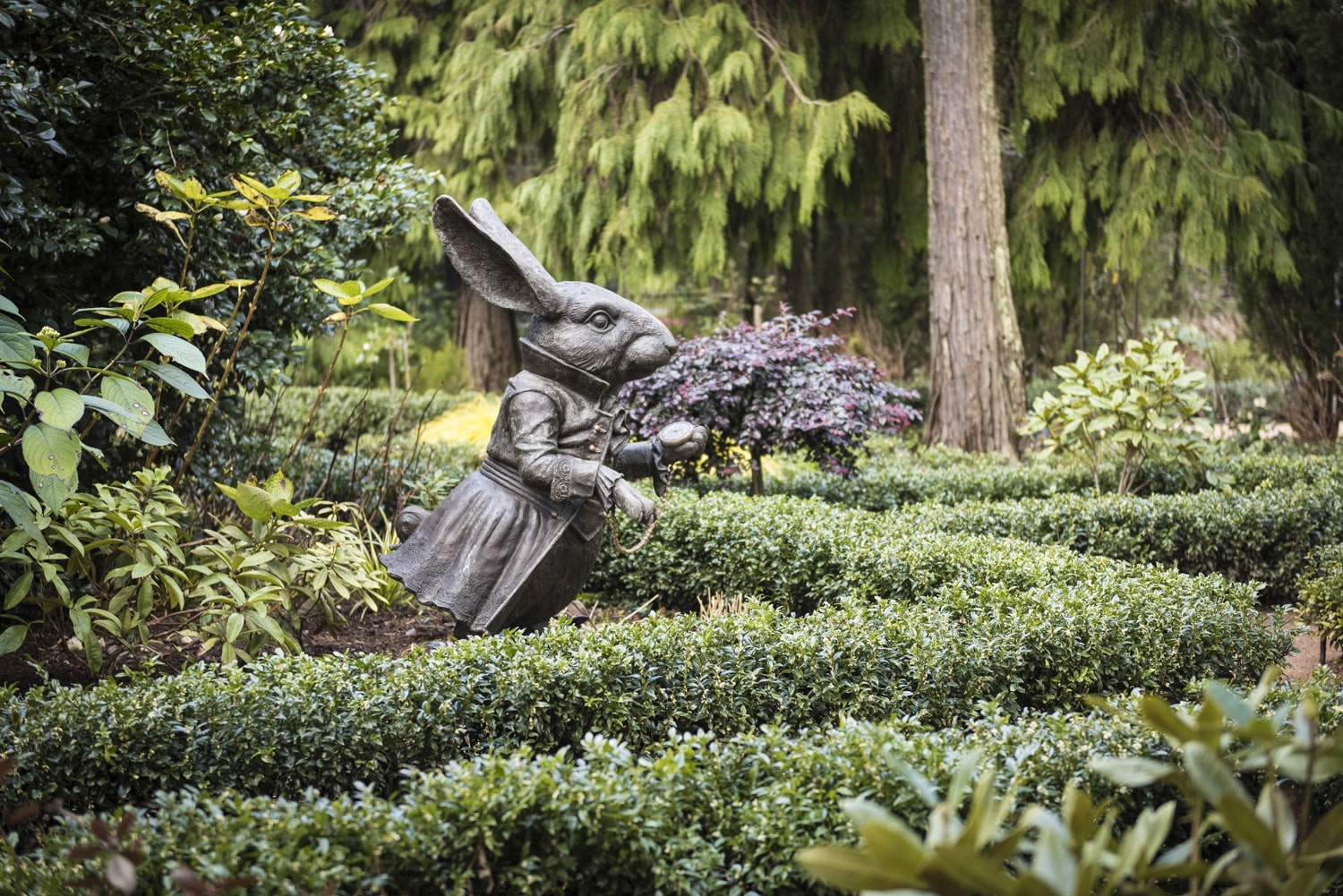
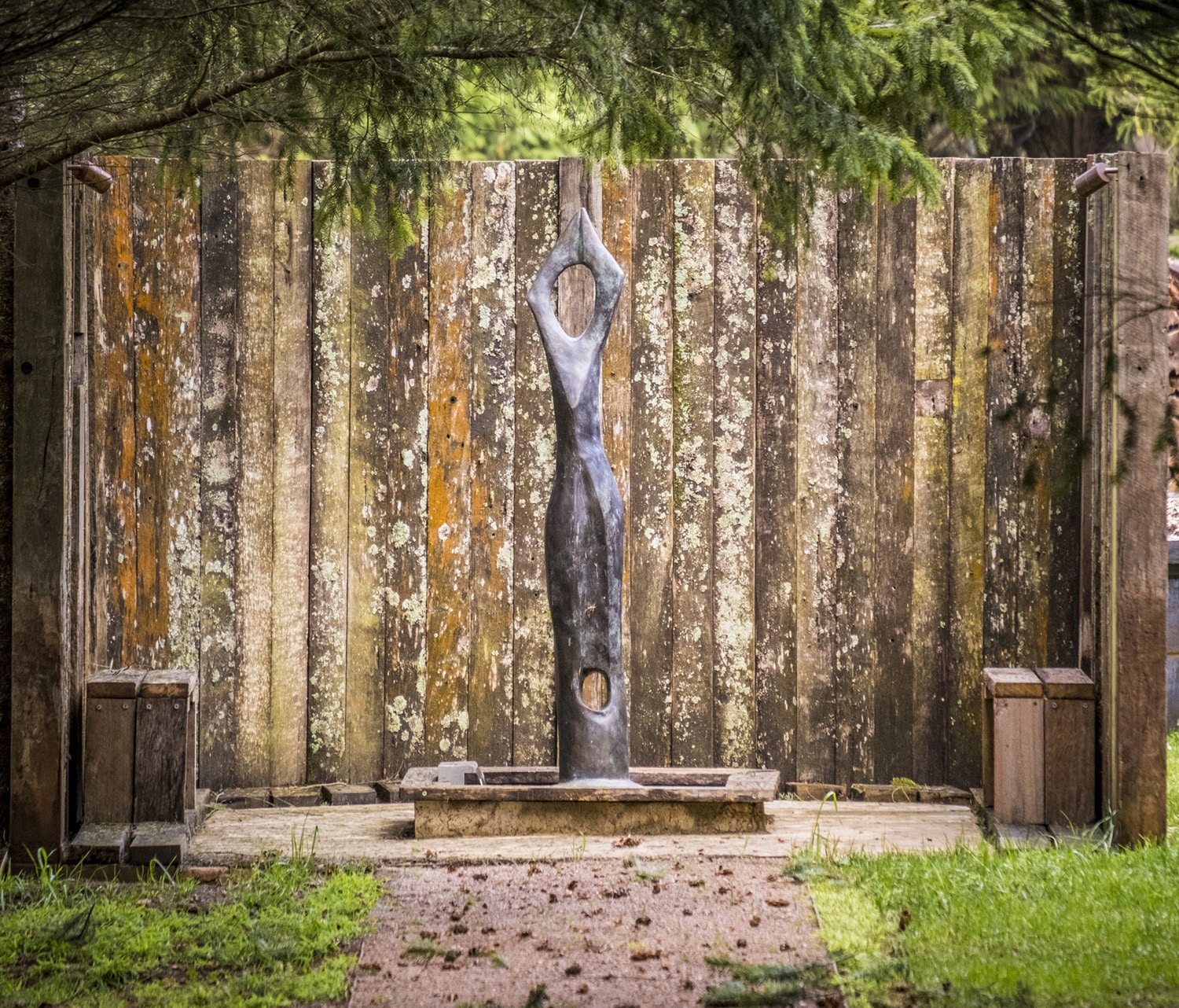
“That’s a Henry Moore,” he notes casually, “and there’s another Henry Moore up here.” At the other end of the sculpture spectrum, we pass a work made of old plough discs created by one of the men who helps look after the property.
“I like them,” Sharp says, “and they’re very affordable.”
The first major European development on the land on which we are standing was a 2,000 acre sheep property named The Downs. This part of the land’s history is evident in the many magnificent old trees near the site of the original homestead, including century old cedars, huge hollies and sprawling Japanese maples. The original woolshed was undermined by wombats years ago and that area is now home to an orchard.
As with the house, Sharp has made substantial improvements to the gardens over the past four years.
“The Two Davids hadn’t lived here for about five years before we bought it, so it was suffering a bit,” he explains. “We’ve put in hundreds of plants and new trees, transplanted a number of the established trees that were here, replaced and extended the irrigation and built these paths.”
He has also built several bridges and shipped a small temple from England that now sits in the middle of the lake – which is a muddy brown due to the heavy recent rains – and built another temple on the edge of the lake.
Foxes got the geese, so Sharp built an island with a red duck house surrounded by an iron fox proof fence.

There is a memorial area dedicated to his father, who fought in World War II, and grandfather, who fought in World War I, featuring Lone Pines grown from seedlings from the famous Gallipoli battlefield surrounded by rosemary, which grows wild on the Gallipoli Peninsula and has become a traditional symbol of remembrance of Anzac Day. Fittingly, these plantings were the idea of his partner, Rosemary Cummins.
It is the middle of a particularly cold and wet Southern Highlands Winter and I can only imagine how magnificent the gardens will be in Spring.
We have completed our tour of the 15 acres Sharp bought four years ago and now we move to his latest venture. Two years ago, he bought an additional 200 acres from his neighbours, the McKennas, the original owners of Rona Lodge.
“I have managed to lose substantial sums of money running cattle,” Sharp says. “At The Moss Vale Show each year I joke that I should get the blue ribbon for the greatest loss per hectare in the district. So, when I bought this property, I decided I wanted to do something different. My manager said he knew a bloke named Tim Miller who might be interested in doing something with thoroughbred racehorses on my property. His wife is the daughter of friends of mine from Young, so there was a connection there. Long story short, we have a partnership and Tim runs it.”
Sharp grew up with horses in his home town of Young and his children, especially his daughter, were keen equestrians, but he describes himself as only a recreational rider.
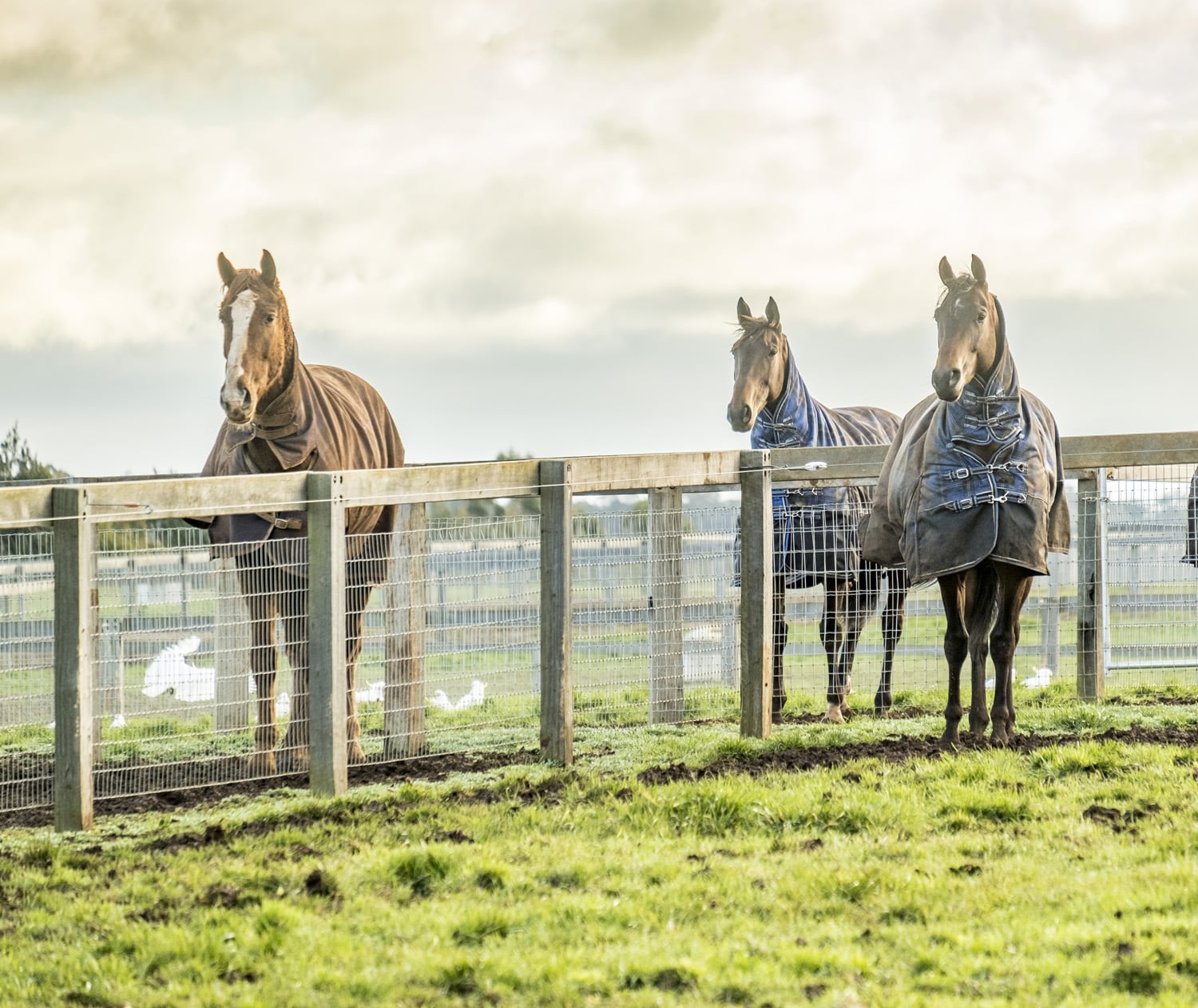
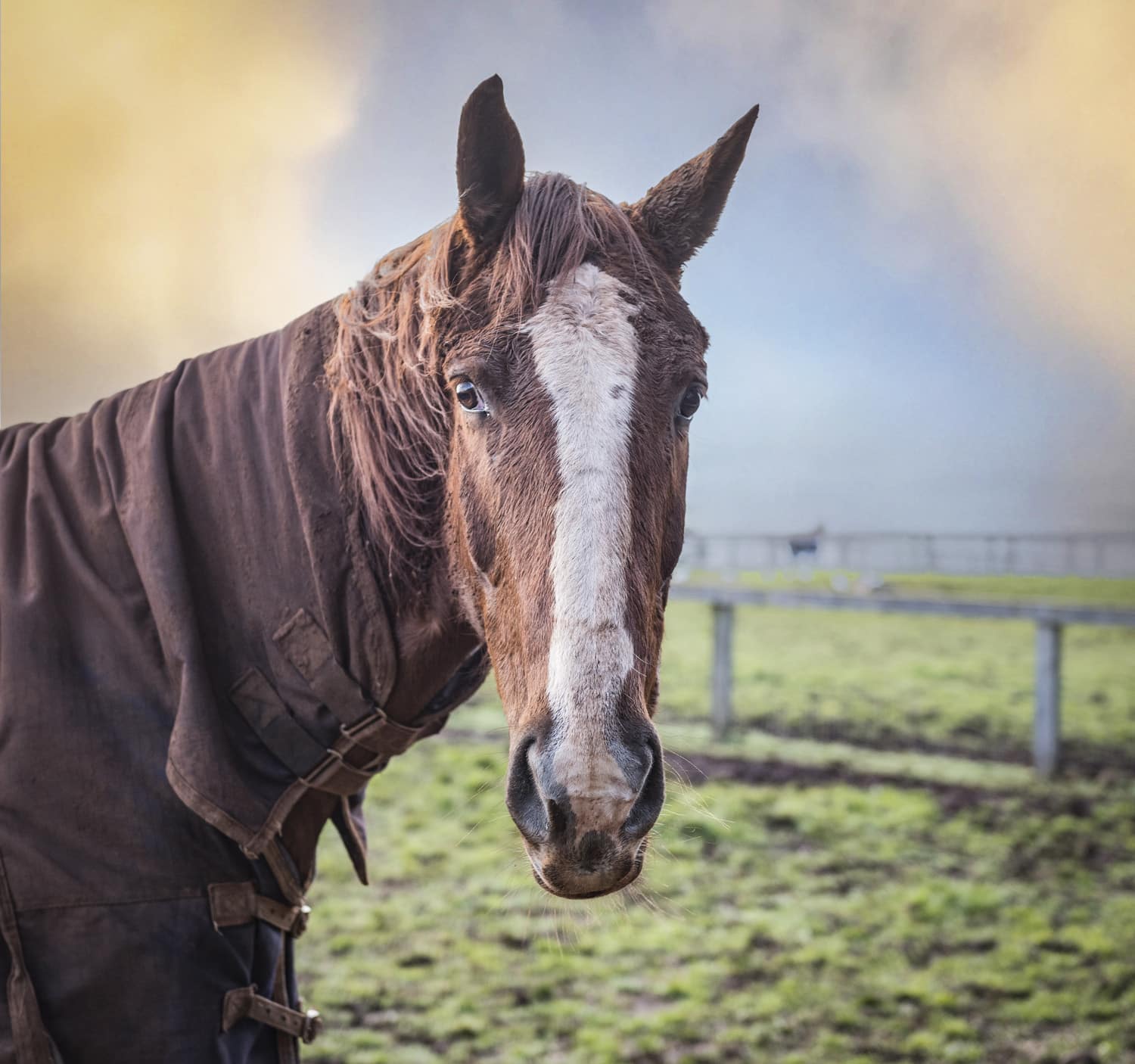
So what exactly is his new horse business?
“We do horse breaking, so we take 12-month-old horses and prepare them to be ridden. And we do pre-training, which is taking horses that have never been to a race track and we put them on a race track. We have two race tracks here, one is 1,200 metres and one is 500 metres, and we have two sets of starting gates and barriers. This allows the horses to familiarise themselves with all that procedure.
“The third thing we do is rehabilitation work. We have an eight horse water walker, which is a pretty special piece of equipment. The horses walk around in a circle in a swimming pool with gates between them. It’s a bit like aquarobics for horses and it’s very good for their muscles and injury recovery. We also have an eight horse dry walker and a gallop speed treadmill, which is great for giving them exercise.
“The other thing we do is spelling – which is basically a horse holiday for a racehorse.”
Thenford Farm only started taking horses in February 2021, and there are currently 45 horses on the property. When all the work is finished, it will be able to accommodate about 100 racehorses. The amount of infrastructure is enormous and I ask how many kilometres of fencing he has installed.
“The original quote was for 10 kilometres, but we have ended up with 16 to 17 kilometres,” he says thoughtfully. That is a lot of posts and rails.
For Sharp, Thenford Farm combines bucolic charm with economic sense.
“As the value of land increases in The Southern Highlands, and it’s increased quite dramatically in the past two or three years, it becomes increasingly less economic to run cattle or sheep. So what do you do to maintain the farm-like environment? The best way is with horses, because they are usually expensive things and the cost of the land doesn’t matter as much with horses as it does with cattle and sheep.
“You also retain a beautiful rural outlook featuring nice fences and green paddocks with horses sitting in them.
“The racehorse industry continues to expand and the historic infrastructure for the industry is now in heavily urbanised areas. The ability to expand that infrastructure, and even keep it, diminishes as time goes by. So the Southern Highlands is a great spot for the growth of the racehorse industry.”
There are also important employment benefits. “If I had 200 acres with cattle on them, I’d probably employ one person,” Sharp notes. “We already employ nine people and we will probably have 14 or 15 when we are fully developed. A lot of people in the racehorse industry make it into a career. They might start out as a stable hand and then work up to different roles, whether it’s a breaker or a trainer or a rider. It’s a great utilisation of the land for this district.”
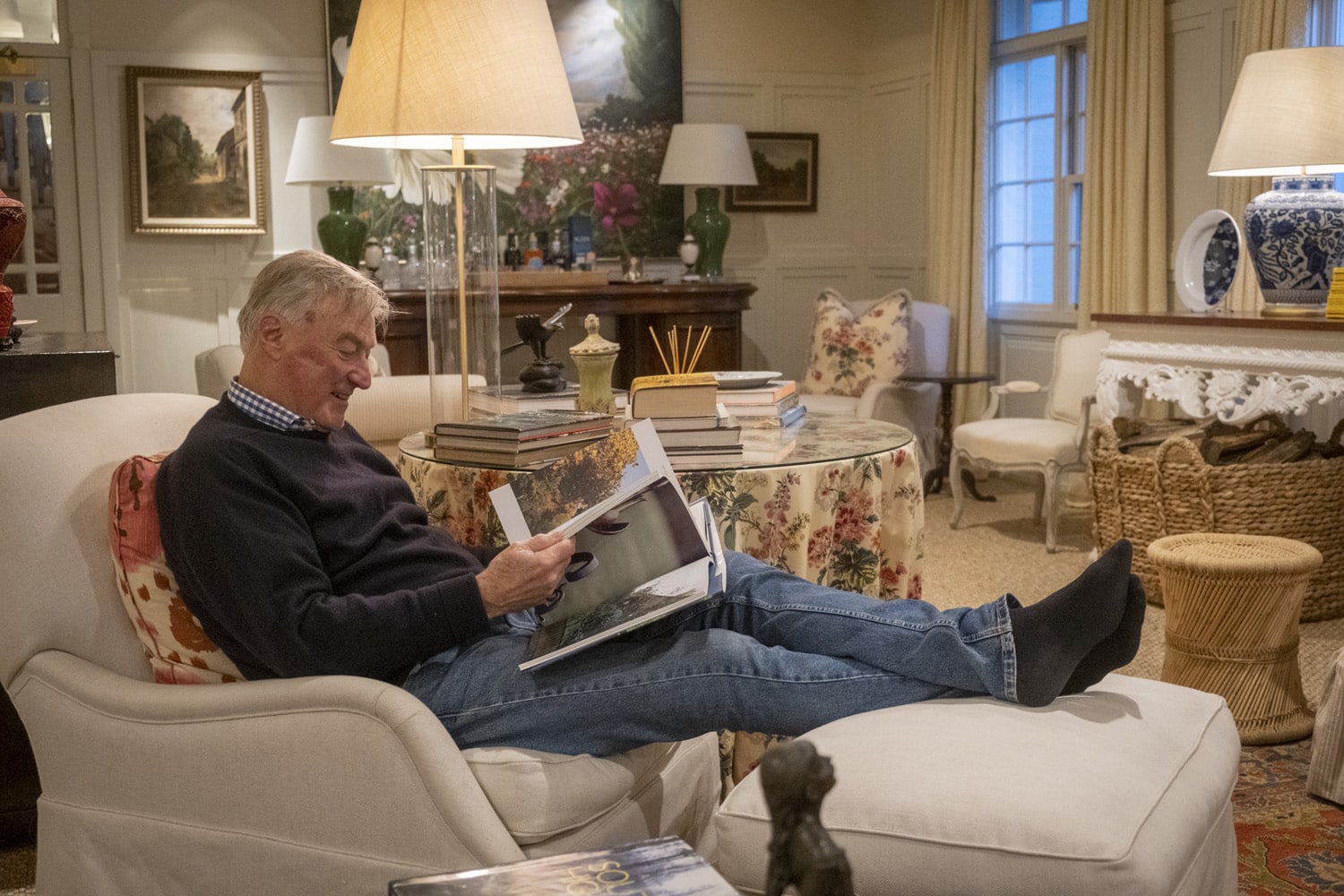
When he was elected to Parliament as the first Member for the new seat of Gilmore in 1984, the electorate included The Southern Highlands. When the boundaries moved following a redistribution a decade later, Sharp moved to the neighbouring seat of Hume – retaining representation of The Southern Highlands. He has remained in the region since he retired from Parliament in 1998.
For Sharp, The Southern Highlands is home and perfectly located halfway between the two cities where he spends a lot of time – Sydney and Canberra. It’s also easy for his children to visit and stay, as they do regularly. He hates moving house and hopes he won’t be doing so again.

Michael Sharp
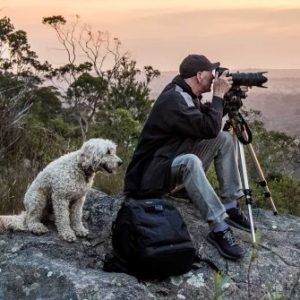
Ashley Mackevicius
- xxi Pecora Dairy June 2024
- xxvii Marlie Draught Horse Stud May 2025
- xxvi India Mark February 2025
- xxv Mussett Holdings December 2024
- xxiv Louise Frith October 2024
- xxiii Dirty Jane August 2024
- xxii Melanie Waugh July 2024
- xx Emily Gordon May 2024
- xix Steve Hogwood March 2024
- xviii Julz Beresford February 2024
- xvii Snake Creek Cattle Company November 2023
- xvi Ben Waters September 2023
- xv The Reid Brothers August 2023
- xiv Elizabeth Beaumont July 2023
- xiii The Charlotte Project June 2023
- xii Buddhism in Bundanoon May 2023
- xi Honey Thief April 2023
- x David Ball February 2023
- ix Kate Vella January 2023
- viii The Truffle Couple December 2022
- vii Wombat Man November 2022
- vi Storybook Alpacas September 2022
- v Tamara Dean August 2022
- iv John Sharp July 2022
- iii Amanda Mackevicius June 2022
- ii Denise Faulkner May 2022
- i Joadja Distillery March 2022













